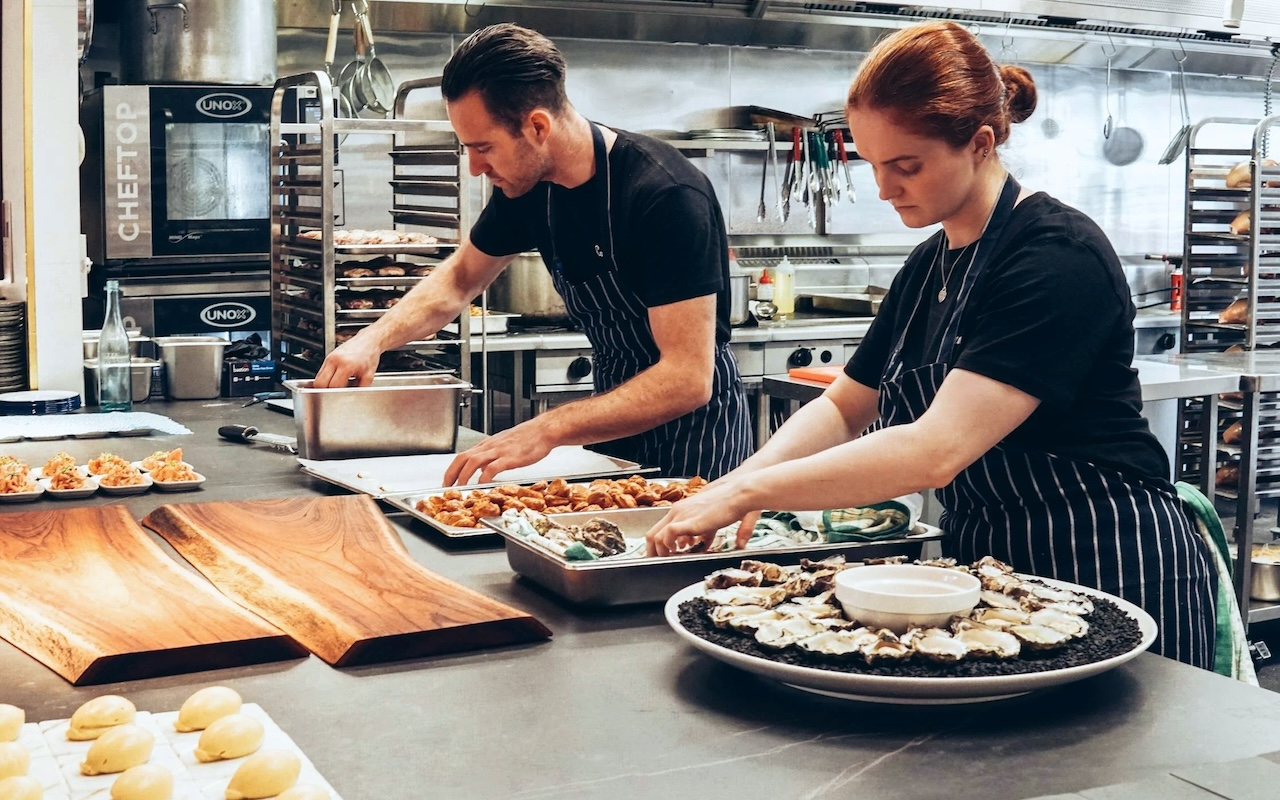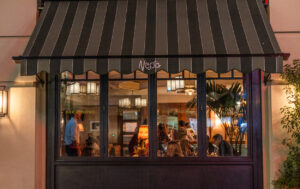The impact of professional kitchen equipment on food quality and service speed

In the culinary industry, professional kitchen equipment stands as a cornerstone of operational success. The quality of food and the efficiency of service in any restaurant setting hinge significantly on the capabilities of this equipment. From state-of-the-art ovens that ensure precise cooking temperatures to an advanced rotisserie that delivers impeccably roasted meats, the right tools not only enhance the culinary output but also streamline kitchen operations. As restaurants face increasing demands for high-quality cuisine served promptly, investing in superior kitchen technology becomes indispensable. This introduction underscores the critical role that professional equipment plays in maintaining and elevating industry standards, ensuring that establishments can meet and exceed customer expectations.
The equipment
Commercial kitchens are equipped with a variety of specialised tools designed to meet the rigorous demands of culinary art. This includes powerful gas and induction stoves for quick and controlled heating, advanced ovens for consistent heat distribution, a professional rotisserie from Rollergrill-international.com for even cooking and high-capacity refrigeration units to ensure fresh ingredients are optimally stored. Technological advancements have further refined these tools, introducing features like programmable settings and energy efficiency, tailored to support a range of cooking styles and kitchen sizes. Such innovations enhance workflow and enable chefs to execute complex dishes with greater ease and precision.
Food quality
The hallmark of professional kitchen equipment lies in its ability to maintain consistent cooking temperatures and achieve culinary precision, both of which are crucial for enhancing the taste and presentation of dishes. For instance, high-quality ovens are designed to regulate heat distribution meticulously, a feature that is essential for achieving perfect pastry textures and producing succulent roasts that delight the palate. Similarly, rotisseries are celebrated for their ability to rotate meat evenly, which is critical for ensuring that each piece is cooked uniformly, resulting in perfectly browned exteriors and juicily roasted interiors. Additionally, sous-vide machines offer chefs the ability to cook ingredients at precise temperatures, thereby enhancing flavour and texture. These tools empower chefs to handle a diverse array of ingredients, from the most delicate vegetables and fish that require precise temperatures to robust cuts of meat that demand consistent heat. By integrating such advanced equipment, kitchens can ensure that every dish not only meets but exceeds the high standards of culinary quality expected in professional settings.
Service speed
Modern kitchen equipment plays a pivotal role in enhancing the speed of service within the culinary industry. Rapid cook ovens, for instance, combine convection, microwave and infrared heating to drastically reduce cooking times without sacrificing food quality. Programmable kitchen appliances automate repetitive tasks and maintain high precision, allowing chefs to focus on more complex aspects of meal preparation. Such technologies not only streamline kitchen operations but also significantly diminish customer wait times, thus enhancing the overall dining experience. These advancements ensure that restaurants can efficiently manage high volumes of orders, especially during peak hours.
Case studies
Investing in advanced kitchen equipment can dramatically transform culinary operations. Restaurants that upgrade to state-of-the-art combi ovens and automated food processing systems often report significant improvements. For instance, establishments can experience up to a 30% increase in service speed and a 25% improvement in food consistency due to the precision and efficiency these tools provide. Additionally, customer satisfaction tends to rise – frequently by as much as 40% – as a result of shorter waiting times and consistently higher food quality. These enhancements not only boost operational efficiency but also contribute substantially to customer retention and overall business success.
Conclusion
The use of professional kitchen equipment is integral to achieving high food quality and rapid service speed in the restaurant industry. This technology not only meets the culinary demands of modern dining but also addresses the operational challenges of managing a busy kitchen. For restaurant owners and chefs, investing in top-tier kitchen tools is not merely an operational necessity but a strategic decision that can elevate their service, satisfy customers, and ultimately drive business success. This commitment to quality equipment is essential for any establishment aiming to thrive in the competitive culinary landscape.
The editorial unit






















Facebook
Twitter
Instagram
YouTube
RSS